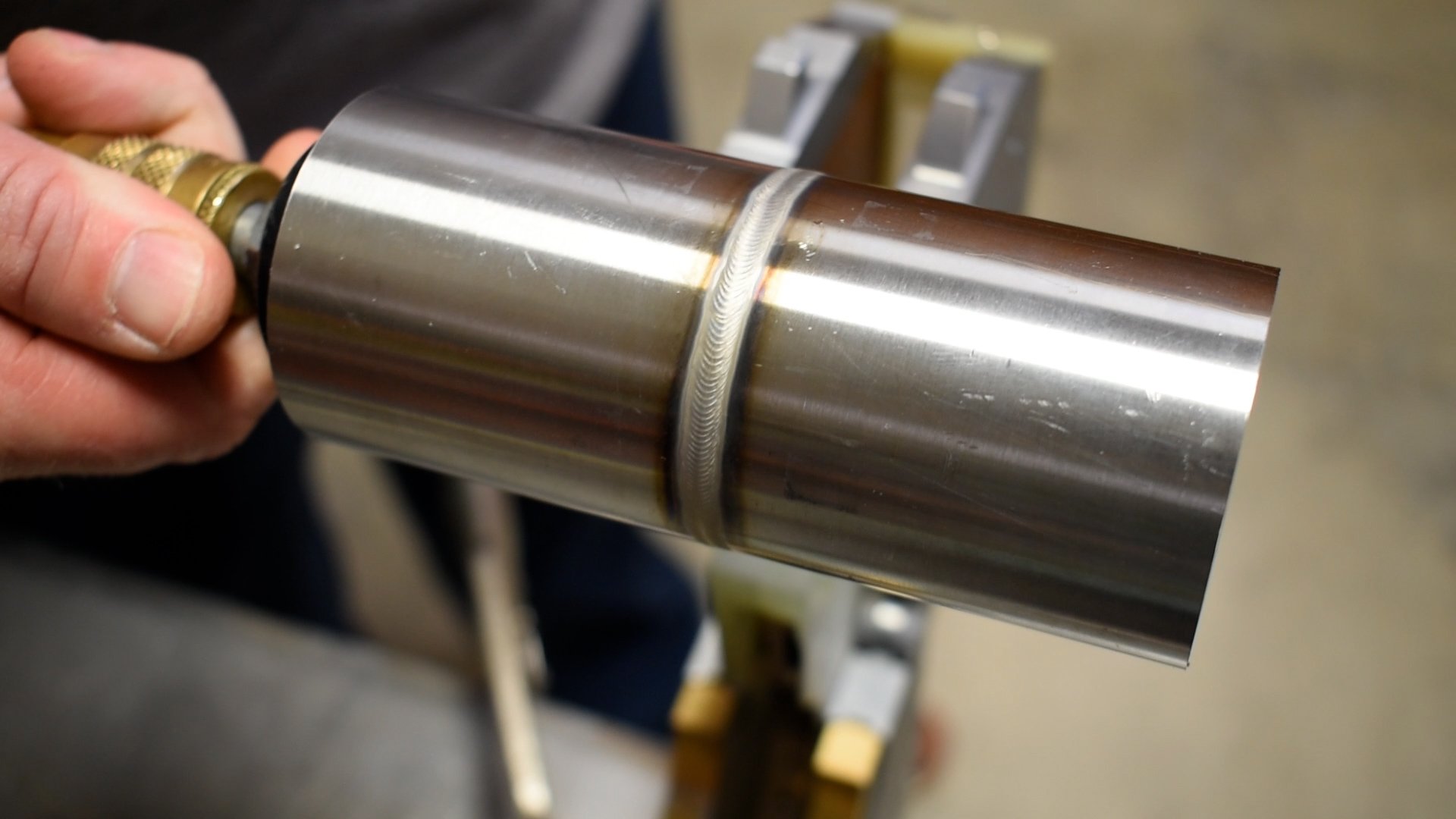Just How to Avoid Weld Undercut: Crucial Tips for Welders
Mastering the Art of Welding: Exactly How to Stay Clear Of Undercut Welding Issues for Flawless Construction Outcomes
By recognizing the origin causes of undercut welding and implementing reliable strategies to stop it, welders can elevate their craft to new levels of excellence. In the search of remarkable manufacture outcomes, understanding the art of welding to prevent undercut issues is not simply an ability however a necessity for those aiming for perfection in their work.
Recognizing Undercut Welding

To stop undercut welding, welders ought to ensure correct welding parameters, such as readjusting the current, voltage, travel rate, and preserving the appropriate electrode angle. Additionally, making use of the suitable welding technique for the certain joint configuration is necessary. Using weaving motions or backstepping techniques can aid ensure proper weld steel deposition and lower the possibility of undercut formation. Normal assessment of welds throughout and after the welding procedure is likewise critical to capture any type of undercut very early and make necessary changes to avoid more flaws. Preventing weld undercut. By comprehending the causes of undercut welding and applying safety nets, welders can achieve top notch, structurally audio welds.
Sources Of Undercut in Welding
Comprehending the aspects that contribute to undercut in welding is important for welders to generate high-quality, structurally sound welds. Poor welding incorrect or current welding speed can likewise add to damage. Comprehending these causes and executing proper welding strategies can help stop undercutting issues, guaranteeing durable and strong welds.
Strategies to stop Undercutting

To reduce the risk of damaging in welding, welders can utilize calculated welding techniques targeted at improving the top quality and stability of the weld joints. One reliable method is to change the welding specifications, such as voltage, present, and travel speed, to guarantee correct warmth input and deposition. Preserving a suitable electrode angle and ensuring consistent traveling speed can also assist avoid undercut. Furthermore, utilizing the right welding strategy for the particular joint configuration, such as weave or stringer grains, can add to reducing undercutting. Preventing weld undercut.
Employing back-step welding methods and managing the weld bead account can also aid distribute heat equally and decrease the danger of undercut. Routine evaluation of the weld joint during and after welding, as well as carrying out quality guarantee measures, can help in resolving and detecting undercutting concerns immediately.
Importance of Appropriate Welding Parameters
Picking and maintaining ideal welding parameters is important for attaining effective welds with minimal problems. Welding specifications describe variables such as voltage, existing, travel speed, electrode angle, and protecting gas circulation price that straight influence the welding process. These parameters should be very carefully readjusted based upon the kind of material being welded, its thickness, and the welding technique employed.
Proper welding specifications guarantee the ideal quantity of anchor warm is related to thaw the base steels and filler product consistently. If the specifications are established as well high, it can cause extreme warm input, triggering distortion, spatter, or burn-through. On the other hand, if the parameters are too reduced, insufficient check here combination, lack of infiltration, or undercutting may occur.
Quality Control in Welding Procedures

Final Thought
In final thought, mastering the art of welding calls for a comprehensive understanding of undercut welding, its causes, and strategies to avoid it. By guaranteeing proper welding criteria and carrying out quality control methods, flawless manufacture results can be attained. It is necessary for welders to regularly strive for quality in their welding operations to stay clear of undercut issues and generate premium welds.
Undercut welding, a common flaw in welding processes, takes place when the weld metal does not properly fill up the groove and leaves a groove or depression along the bonded joint.To prevent undercut welding, welders must ensure correct welding parameters, such as changing the current, voltage, travel rate, and maintaining the right electrode angle. Poor welding present or wrong welding rate can also contribute to damage.To mitigate the danger of damaging in welding, welders can employ calculated welding strategies aimed at improving the top quality and honesty of the weld joints.In conclusion, grasping the art of welding calls for a comprehensive understanding of undercut welding, its reasons, and strategies to stop it.